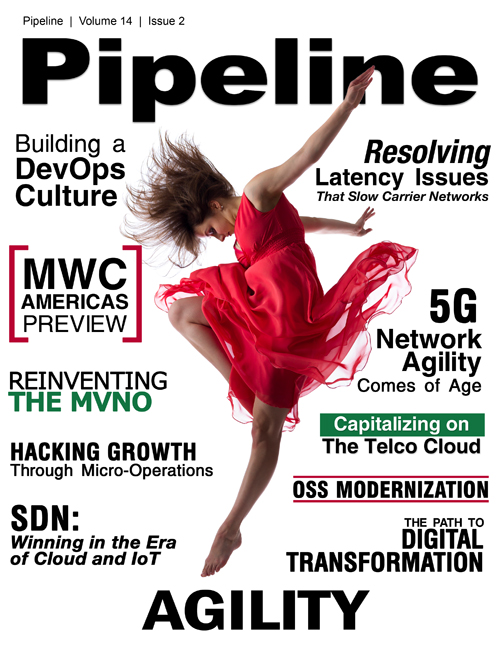Achieving Digital Growth Hacking Through Micro-Operations
The Solution
To achieve the ability to support optimal digital outcomes, CSPs must change their operations so they can think, act, and deliver differently than they did as only integrators and project deliverers. The management priority list should shift from finding the next amazing digital product to enabling and empowering operations to deliver innovation — from sales to development to customer support to the executive layer. This will in turn produce product advancements at a rapid rate.
Implementing a new micro-organizational design with integrated processes will be mandatory once CSPs begin to shift from a strategy of primarily stealing away customers from other CSPs to stealing customers away and defending the encroachment of existing digital businesses.
New advancements in microservices, middleware/API, and DevOps design have empowered some of the existing digital leaders to continue advancing their products at an astonishing rate, regardless of size or scope.
Implementing new best practices in delivering digital application delivery, they incorporate continuous improvement through microservices architecture, automated middleware, and the elimination of organizational silos, as well as ensure automated testing happens alongside continuous software delivery. Innovative digital operations and micro-operations have allowed innovators to achieve the holy grail — true growth hacking.
Businesses either need to operate at two speeds in order to manage their legacy revenues separately, or at three speeds (or more) to redesign their organization and operations so that each “service” runs as needed through support by an overall service practice. This will help ensure they begin to tear down superfluous systems that hamper the success of new ones. Each service practice will have its own business goals, agile technology designs, and strategy to deploy and scale at their own pace, while supporting the underlying common business objectives.
Large organizations will be broken down into smaller, more independent groups that work together. That is different from organizations in the past, which drove teams to run on strict predefined budgets, preset corporate goals and expectations to “figure it out with what you have,” assuming the top-down directive approach would ensure success while treating everyone the same. In the micro-operations environment, what used to be just functional units become businesses operating within the business, each living and breathing separately, but delivering on common goals.
In addition, incorporating microservices product architectures that are universally accessible through freely operating middleware and APIs, and their interconnection throughout the organization, CSPs must ensure everything is connected harmoniously — operations and products. This is critical for where CSPs are headed in that they will have many different projects, products, and initiatives unrelated in one aspect, but absolutely related from a digital perspective. This will allow each to “do one thing and do it well,” while allowing all their ‘things’ to do it all well together.
These organizational and technology approaches to changing their operations and architecture designs into micro-operations and services is now a critical step when planning to truly transform into a “digital services provider.” These approaches will also help non-digital businesses that wish to become leaders in the next wave of the ever-more-connected digital world. CSPs can win using these approaches. After all, CSPs are “in our pockets” 24x7x365. There are enough examples of success using these approaches to galvanize changes in the way they operate. It is now their time to win or lose.



















